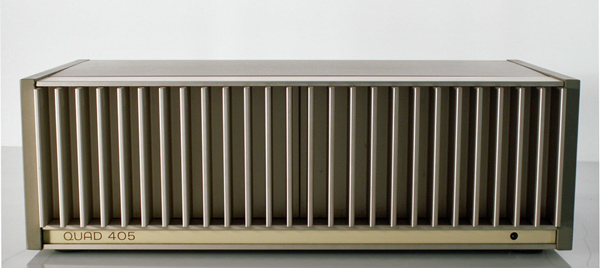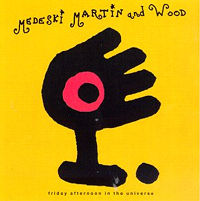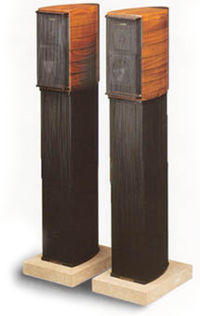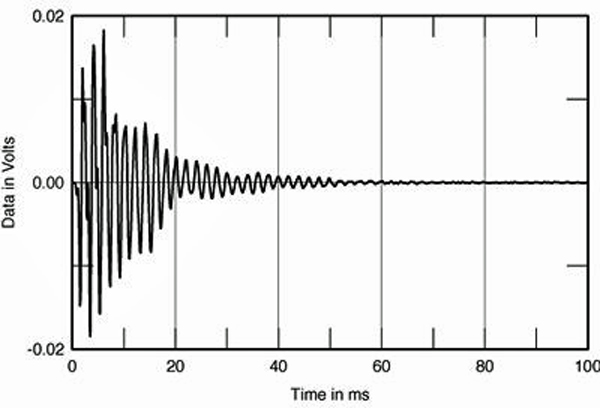LATEST ADDITIONS
Quad 405 power amplifier
YBA 2 preamplifier
<I>A truly great preamplifier lets everything through, both music and distortion, but with such generosity that neither...is cramped and narrow.</I>—<B>Larry Archibald</B> (footnote 1)
Etymotic Research ER-4S Canal Phone earspeakers
The cab's outside, the plane leaves in 50 minutes. Let's see...<A HREF="http://www.stereophile.com//amplificationreviews/530/">HeadRoom Supreme</A>, <A HREF="http://www.stereophile.com//accessoryreviews/531/">HeadRoom Bag</A>, portable CD player, CDs, Etymotic ER-4S Canal Phones....Oh, yeah—mustn't forget luggage or plane tickets. Guess I'm set to go.</I>
McCormack Line Drive TLC-1 preamplifier
<I>A truly great preamplifier lets everything through, both music and distortion, but with such generosity that neither...is cramped and narrow.</I>—<B>Larry Archibald</B>(footnote 1)
Recording of July 1995: Friday Afternoon in the Universe
<B>MEDESKI MARTIN & WOOD: <I>Friday Afternoon in the Universe</I></B><BR> John Medeski, organs, piano, wurlitzer, clavinet; Billy Martin, drums, percussion; Chris Wood, acoustic bass, harmonica, wood flute<BR> Gramavision GCD 79503 (CD only). MMW, David Baker, Jim Payne, prods.; David Baker, eng.; Dr. Toby Mountain, mastering. DDD? TT: 57:06
Sonus Faber Guarneri Homage loudspeaker
Sonus Faber provides a fascinating and challenging insight into the art of high-quality sound reproduction. This Italian company makes two costly two-way stand-mounted speakers that couldn't be more different from each other.
The Sound of Surprise (the loudspeaker/stand interface)
Radio Shack Optimus CD-3400 portable CD player
"You are <I>not</I> going to believe this."
High-End Co-Dependency
"I never touch the stuff," I say, totally disassociating myself from my husband's addiction. "Well," I admit, when pushed, "I <I>do</I> use it sometimes---but I never do the hard stuff."





